The difference between a national first-class athlete and a second-class athlete and the No. 1 position in baseball
Division 1 baseball player vs Division 2 baseball player | Division I vs Division II Baseball Players
(Introduction to the NCAA College Baseball System |.) Based on NCAA Collegiate Baseball System)
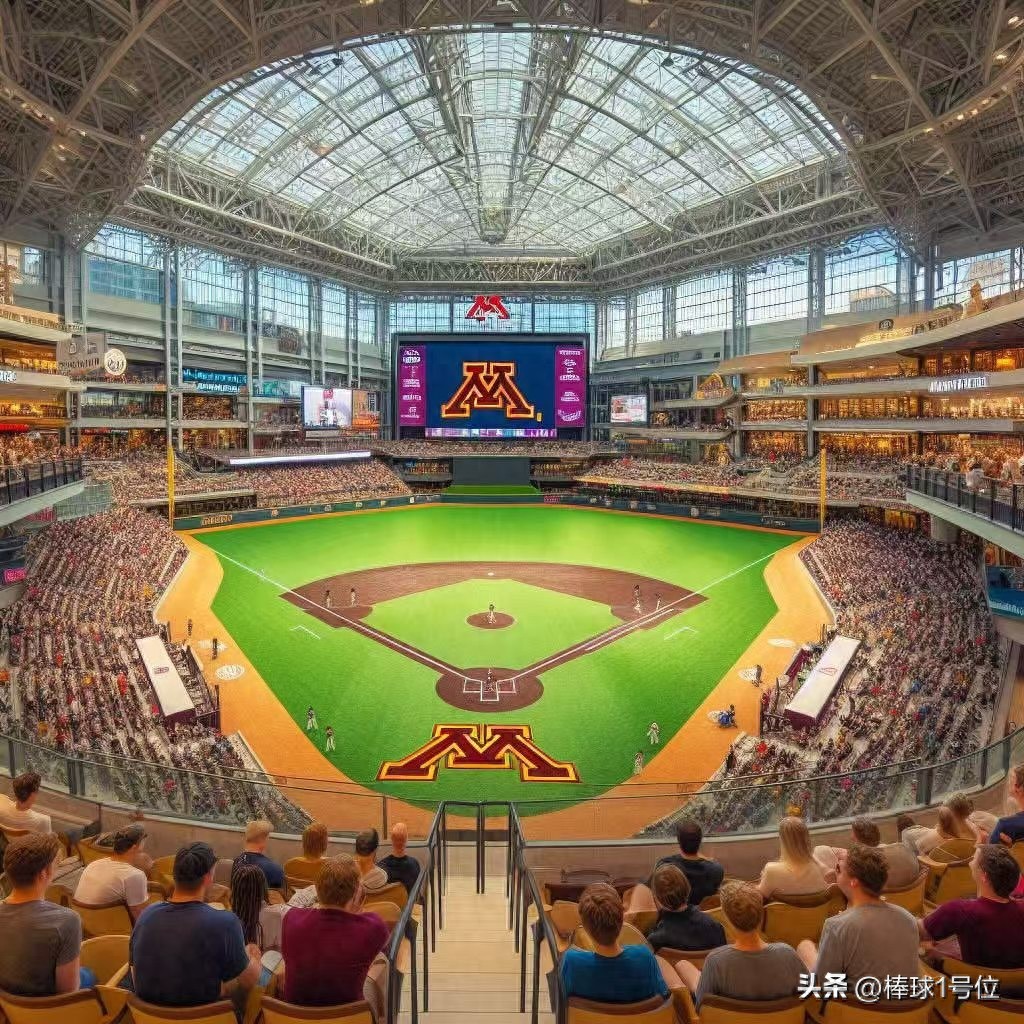
School size | School Size & Resources
Division I:
This is usually a large public university or a well-known private institution with stronger financial support and better athletic facilities (e.g., professional baseball stadiums, training centers).
Examples: University of Texas, Vanderbilt University.
Typically large public universities or prestigious private schools with significant funding and state-of-the-art facilities (e.g., professional-grade baseball stadiums).
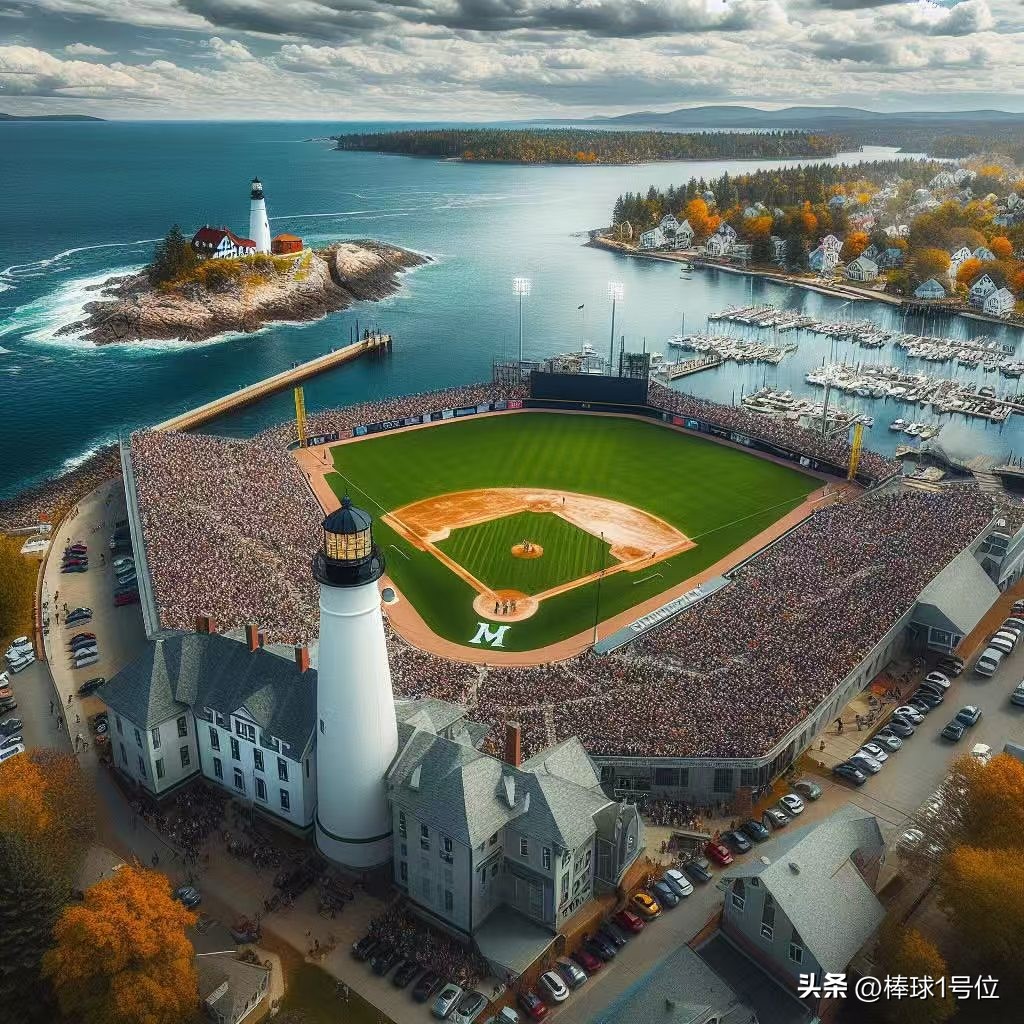
Division II:
Most of them are medium-sized public or private institutions, with limited resources, but they focus on the balance between competition and academics.
Examples: University of Tampa, Columbus State University.
Mid-sized schools focused on balancing athletics and academics, with fewer financial resources compared to D1.
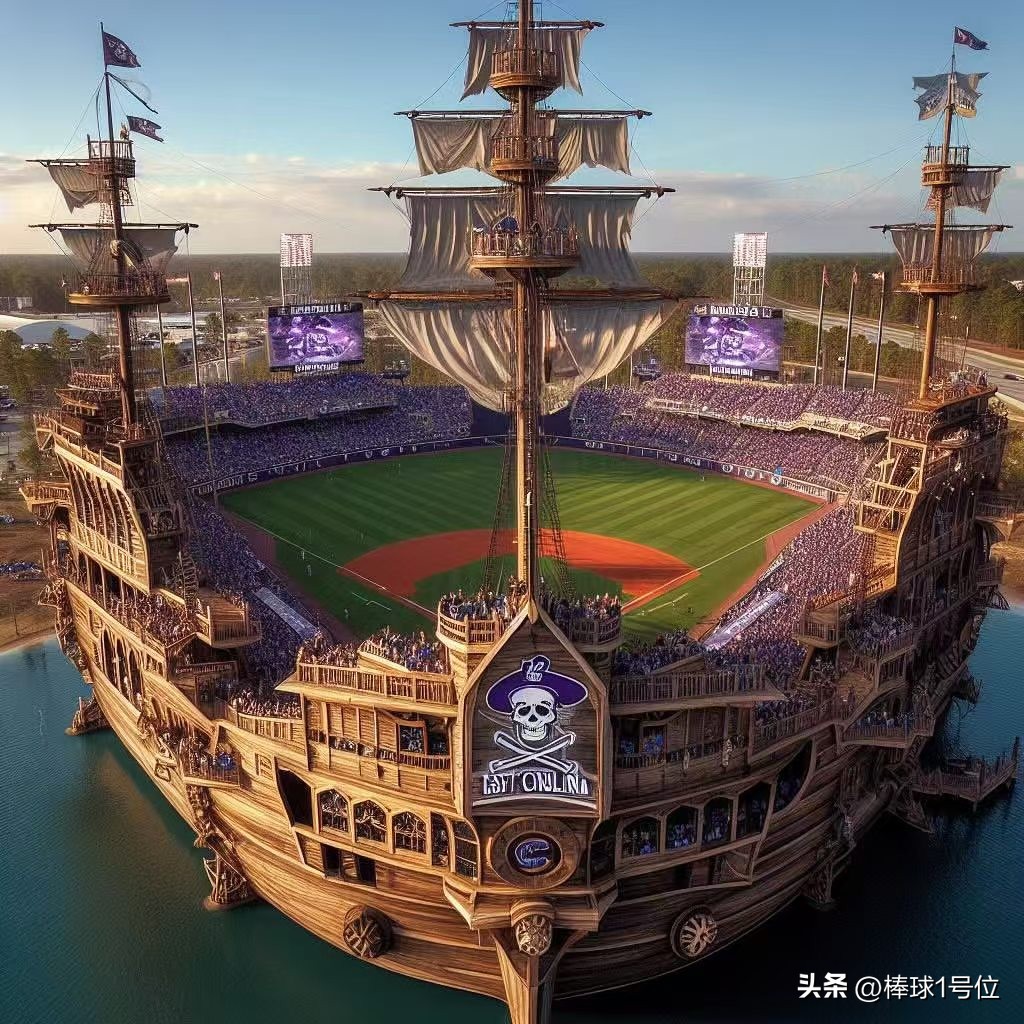
Competitive level| Competition Level & Exposure
Level 1 (D1):
The highest level of college baseball in the United States, the competition is fierce, and players are more followed by professional scouts (MLB).
Each year, the NCAA D1 Baseball Championship (College World Series) is the focus of the nation.
Top-tier competition with high visibility to MLB scouts; home to the NCAA College World Series.
Level 2 (D2):
The level of competition is a little lower, but there are still many potential players. Events are less in focus, and career opportunities are fewer but exist.
Competitive but less intense; limited MLB scouting compared to D1, though some players still turn pro.
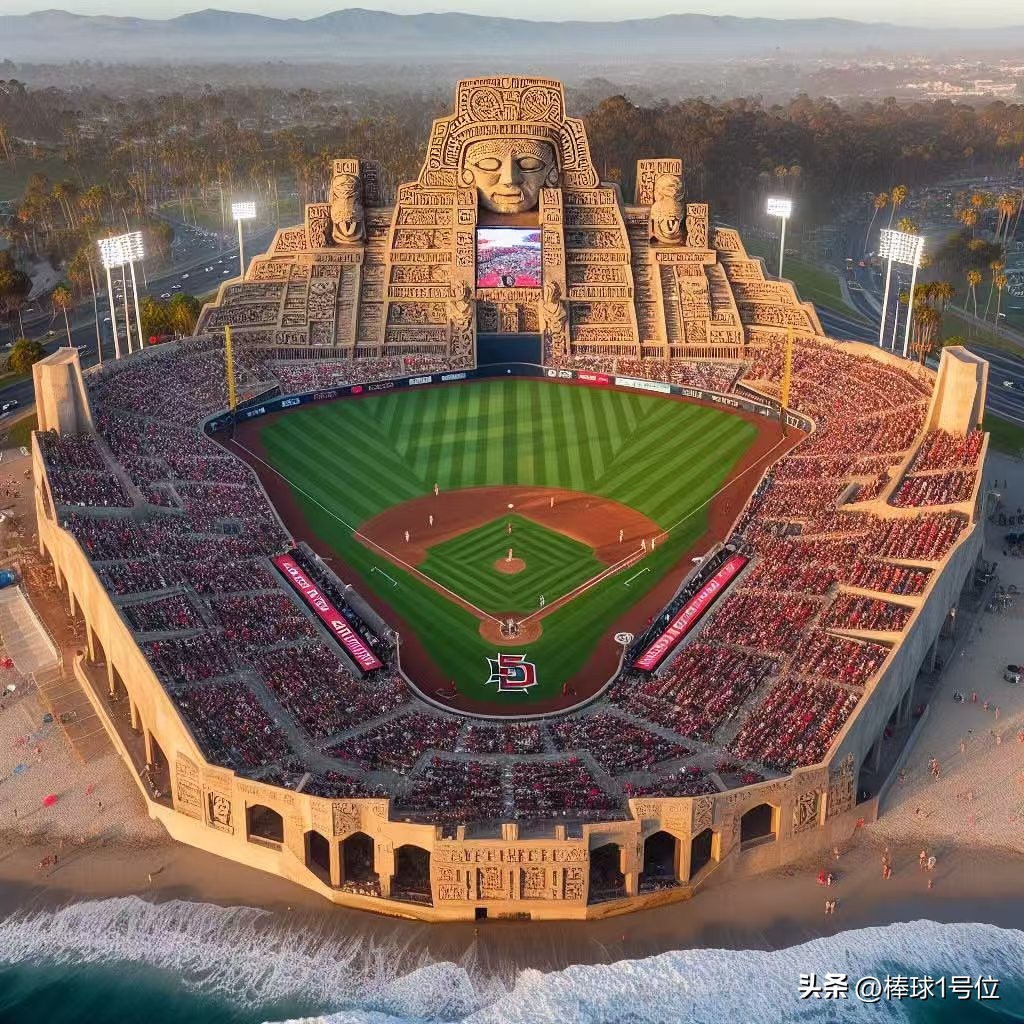
Scholarship | Scholarships & Recruitment
Level 1 (D1):
Full sports scholarships (up to 11.7 places/teams) are available, but competition is fierce and recruitment criteria are strict.
Full athletic scholarships available (up to 11.7 per team), with highly selective recruitment.
Level 2 (D2):
There are fewer scholarships (up to 9.0 per team) and are usually partial scholarships, or a combination of academic grants.
Partial scholarships (up to 9.0 per team), often combined with academic grants.
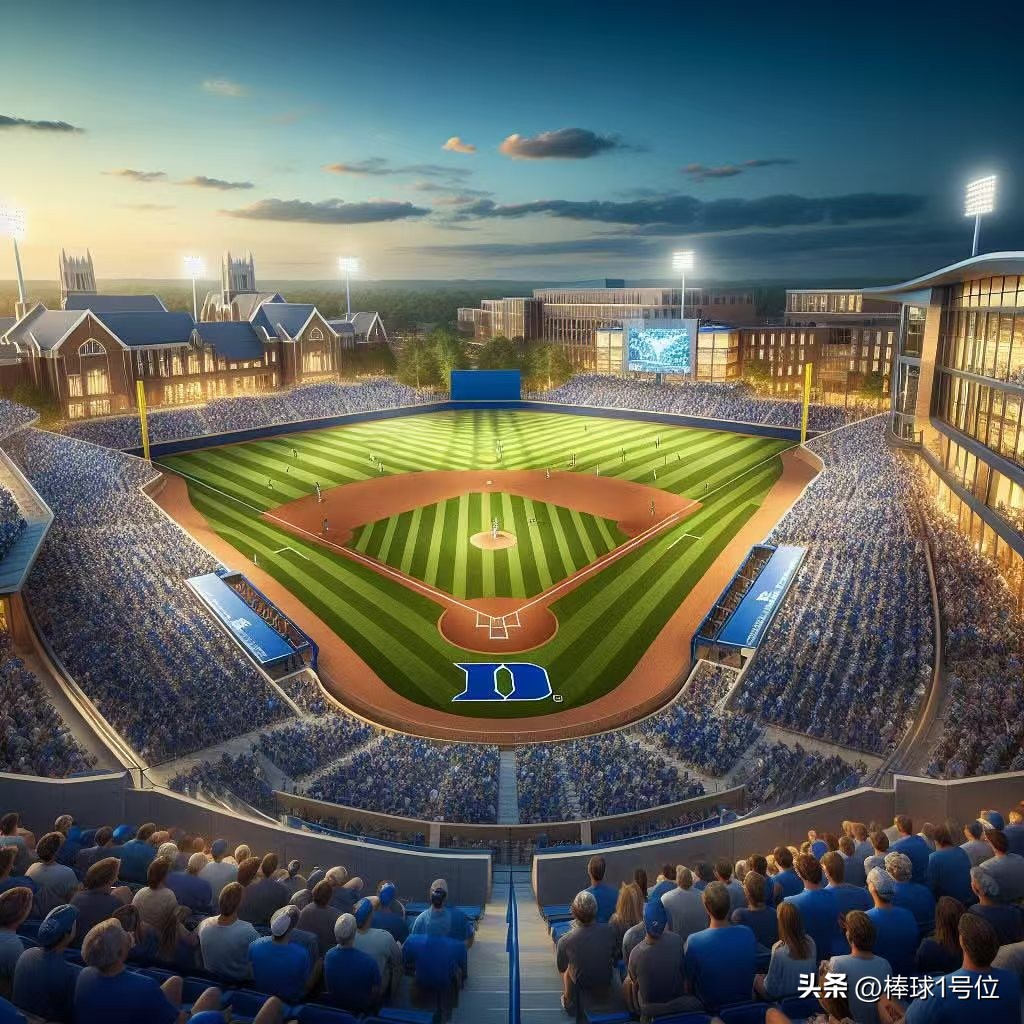
Season & Training Intensity | Season & Training
Level 1 (D1):
The season is longer (about 56 regular season games), the training intensity is high, and the players need to juggle high-intensity games and academics.
Longer season (~56 regular games) with rigorous training demands.
Level 2 (D2):
The season is slightly shorter (about 50 games), with less training time and more emphasis on the all-round development of student-athletes.
Shorter season (~50 games) and more emphasis on academic-athletic balance.

Career Path | Professional Pathways
Level 1 (D1):
The majority of MLB draft players come from D1, such as 38 of the top 50 picks in the 2023 MLB Draft.
Most MLB draftees come from D1; e.g., 38 of top 50 picks in 2023 MLB Draft were D1 players.
Level 2 (D2):
A handful of players made it to the MLB through independent leagues or lower professional leagues, such as Hall of Fame pitcher Ozzie Smith (from D2 California State University).
A few players make it to MLB via independent leagues; examples include Hall of Famer Ozzie Smith (Cal Poly San Luis Obispo).
Division 1 (D1) baseball is the "top stage" of college baseball, suitable for players who pursue professionalism and outstanding ability; Level 2 (D2) offers a more balanced choice between athletics and academics, and is suitable for students who want to develop in both sport and academics.
Division I baseball is the pinnacle of college sports for elite athletes aiming for professional careers, while Division II offers a balanced path for those prioritizing both athletics and academics.










 Links
Links
 Contact
Contact
 App
App


